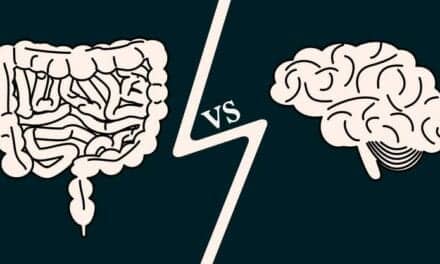The presence of certain microRNAs in the saliva of children who have received a blow to the head may help physicians identify the presence of a concussion and how long it will last, researchers share in study published in JAMA Pediatrics.
“There’s been a big push recently to find more objective markers that a concussion has occurred, instead of relying simply on patient surveys,” says Steven Hicks, an assistant professor of pediatrics at Penn State College of Medicine.
“Previous research has focused on proteins, but this approach is limited because proteins have a hard time crossing the blood-brain barrier. What’s novel about this study is we looked at microRNAs instead of proteins, and we decided to look in saliva rather than blood,” adds Hicks, in a media release from Penn State.
In their study, Hicks and colleagues recruited 52 concussion patients between the ages of 7 and 21. Each participant was evaluated using the Sport Concussion Assessment Tool (SCAT-3) within 2 weeks of their injury. The researchers also asked the patients’ parents for their observations about their children’s symptoms. This assessment was repeated 4 weeks after the injury occurred.
The researchers also collected saliva from each participant and analyzed it for levels of different microRNAs. They then compared the microRNA profiles to the patient’s symptoms at both the initial and follow-up assessments.
Five microRNAs were isolated that could accurately identify the participants who would experience prolonged symptoms. These microRNAs could correctly identify if a participant would have prolonged symptoms or not for 42 of 50 participants, the release explains.
“The microRNAs were able to predict whether symptoms would last beyond four weeks with about 85 percent accuracy,” Hicks shares in the release. “In comparison, using the SCAT-3 report of symptoms alone is about 64 percent accurate. If you just go off the parent’s report of symptoms, it goes down to the mid-50s. In this pilot study, these molecular signatures are outperforming survey tools.”
Hicks notes that while more studies are needed, measuring microRNAs in saliva could one day be an accurate, quick way to diagnose and manage concussions.
“The ultimate goal is to be able to objectively identify that a concussion has happened and then predict how long the symptoms will go on for,” Hicks says. “Then we can use that knowledge to improve the care that we provide for children who have concussions, either by starting medicine earlier or holding them out of activities for longer.”
[Source(s): Penn State, Science Daily]





